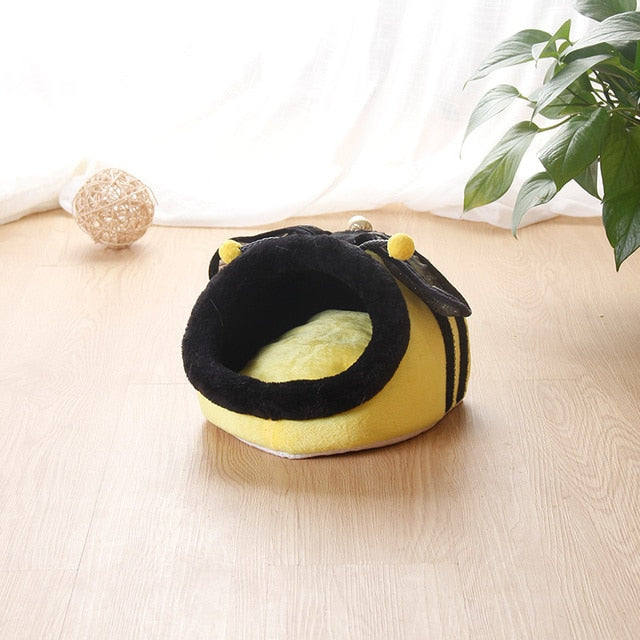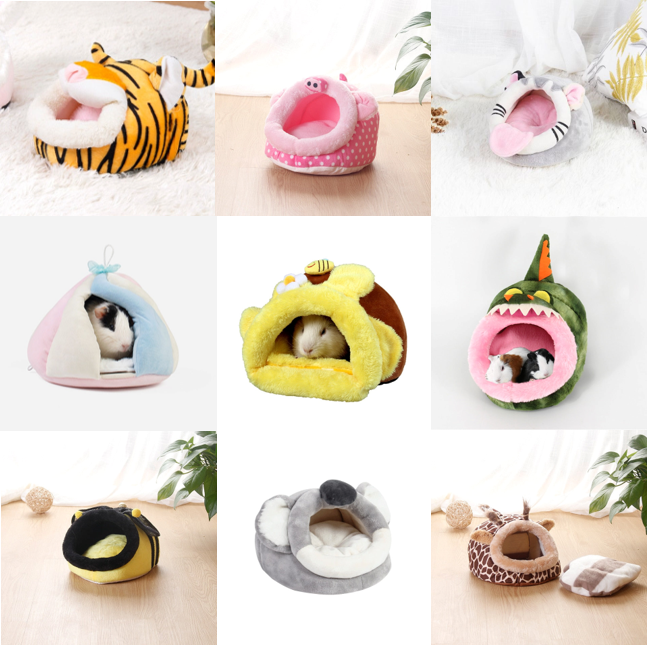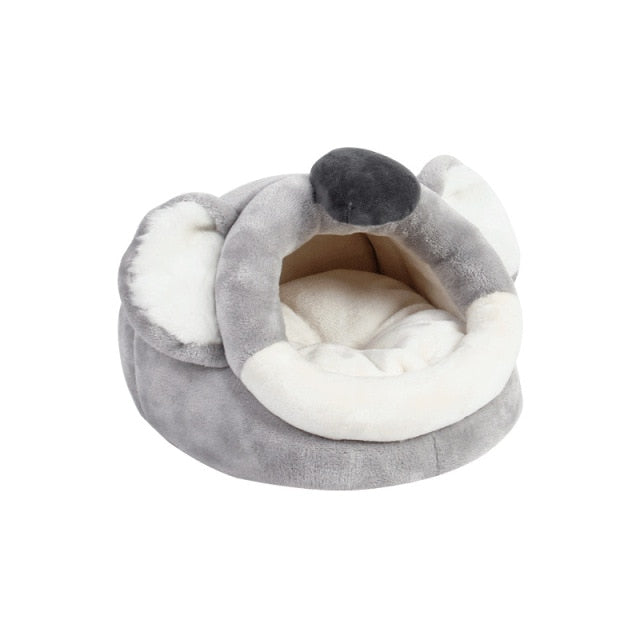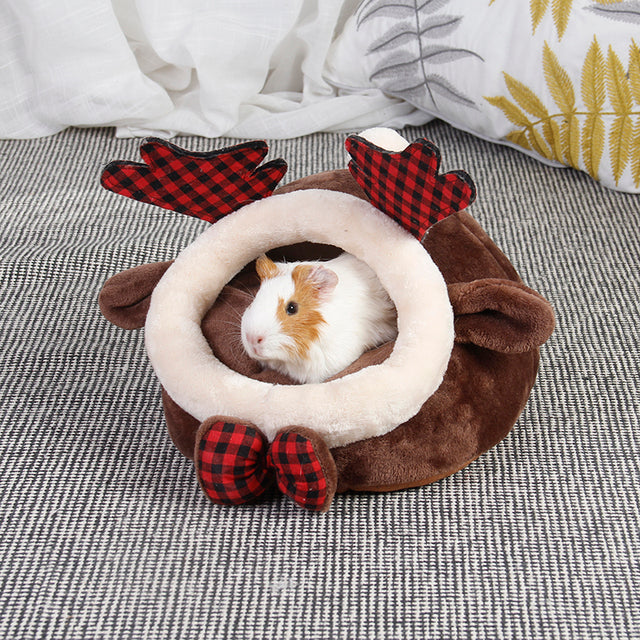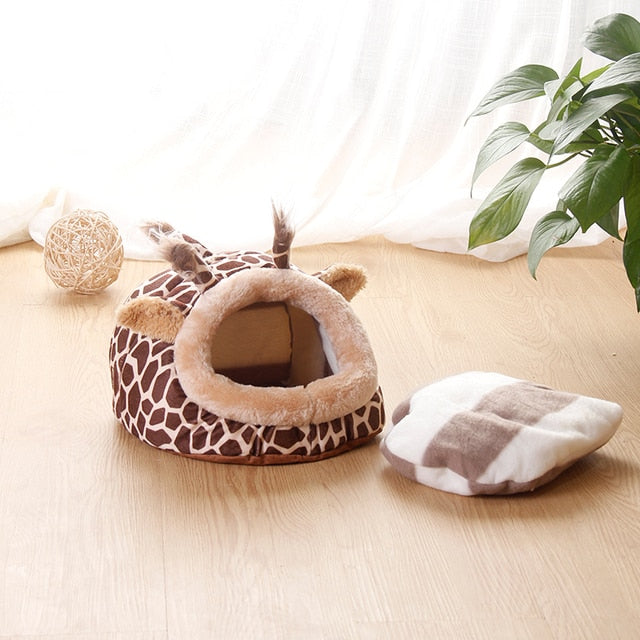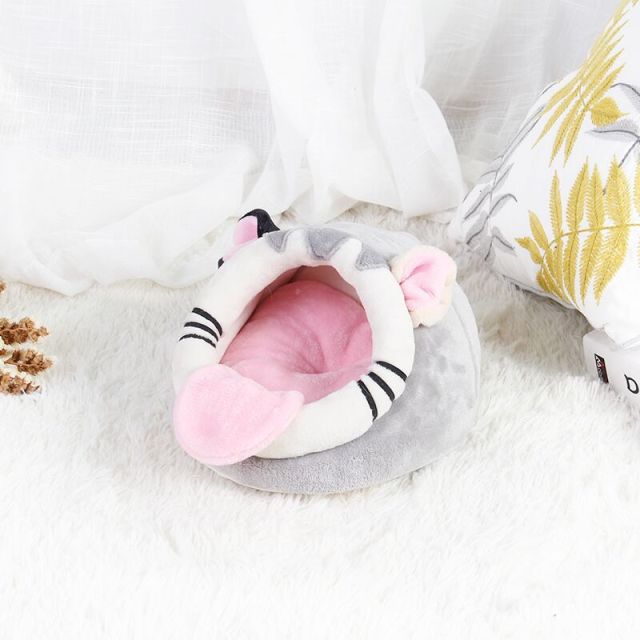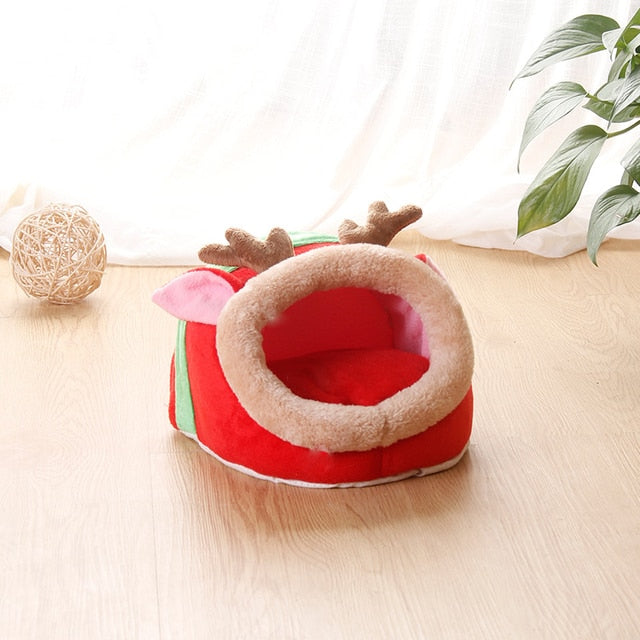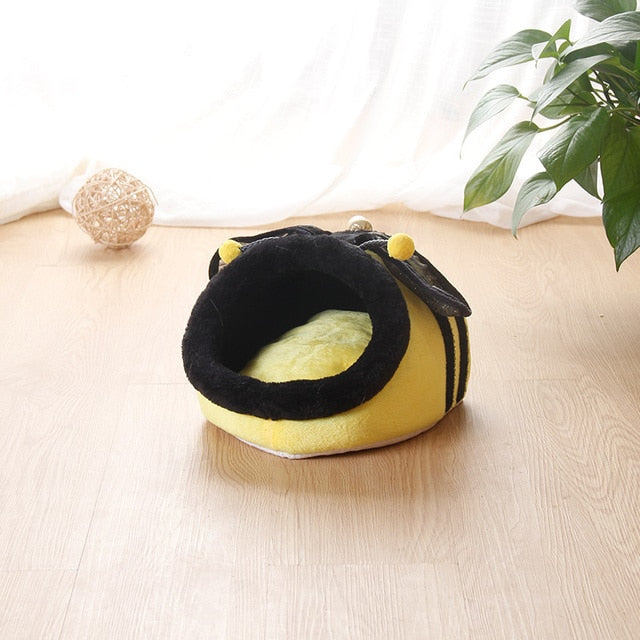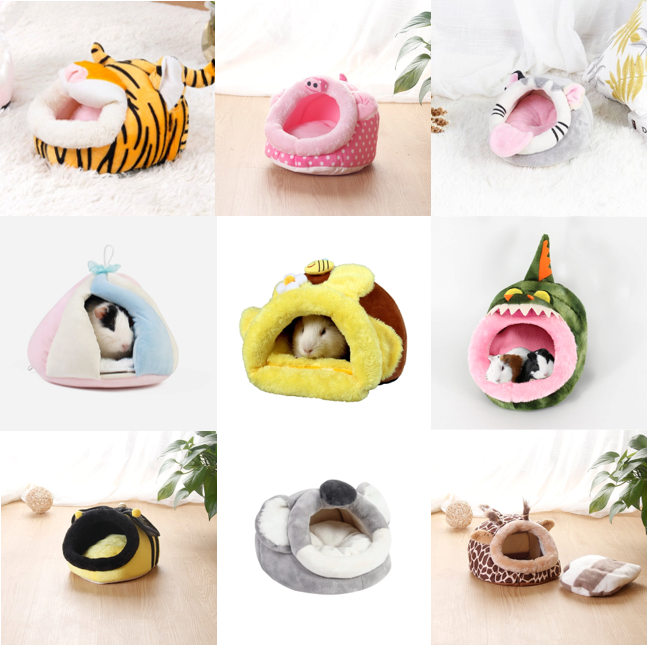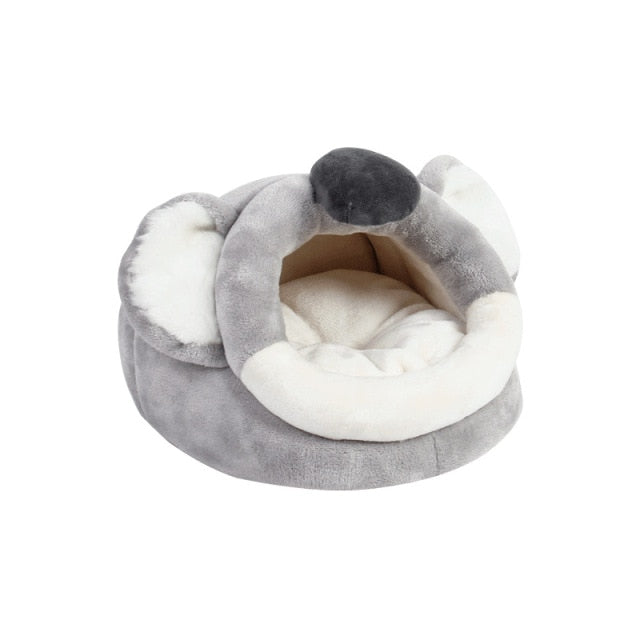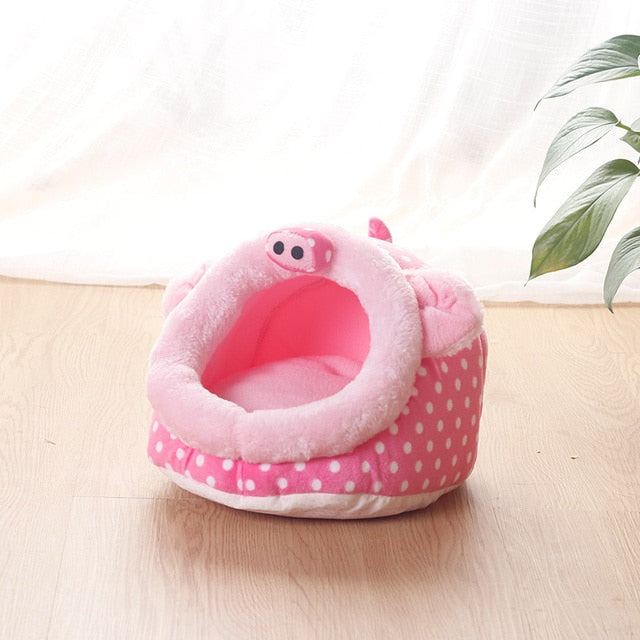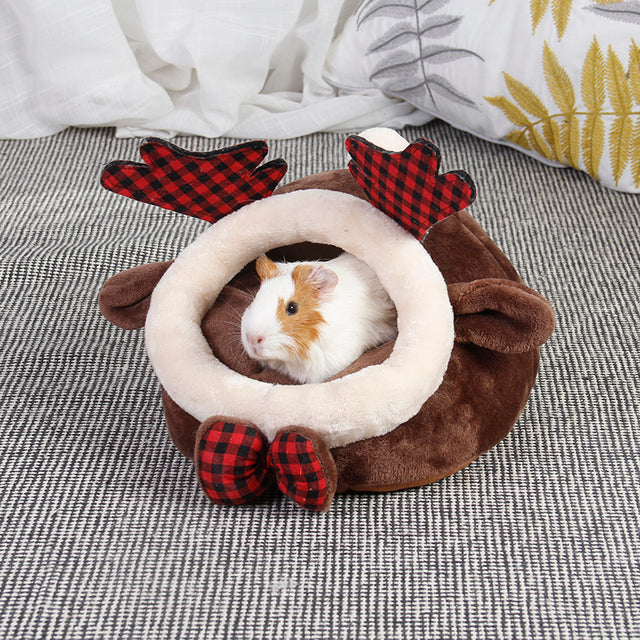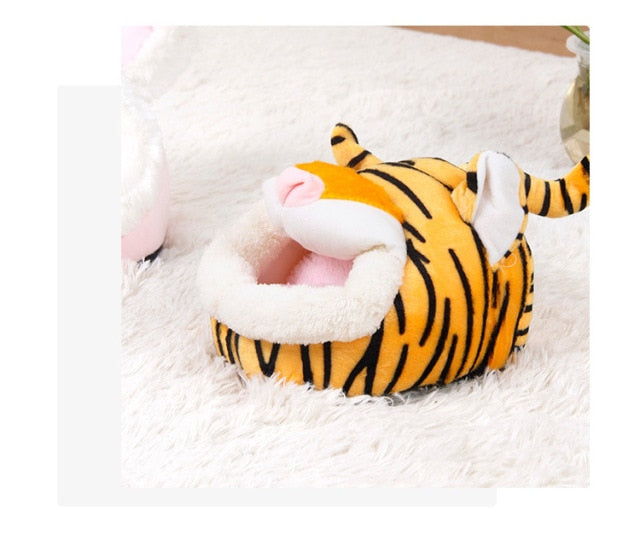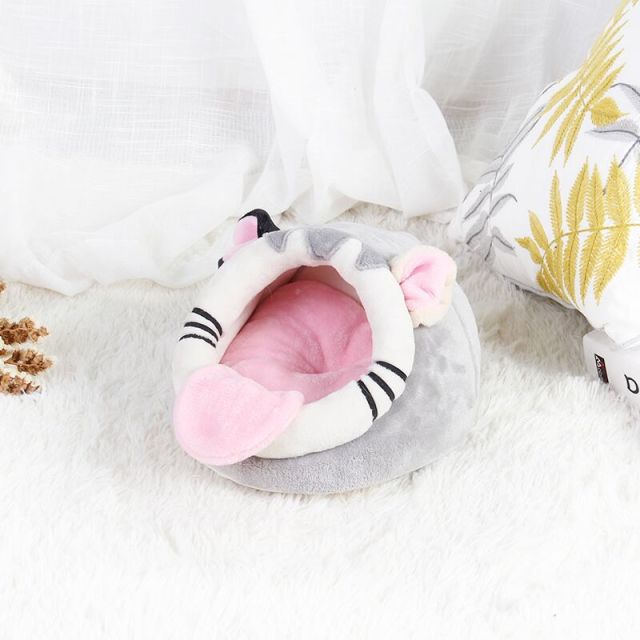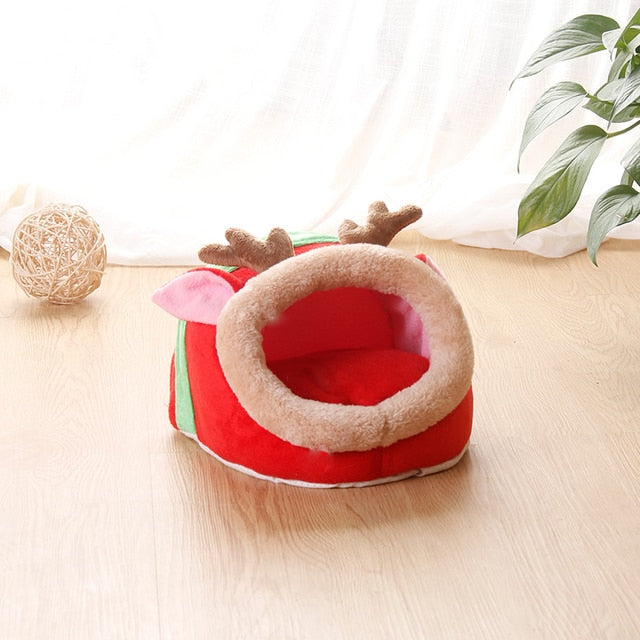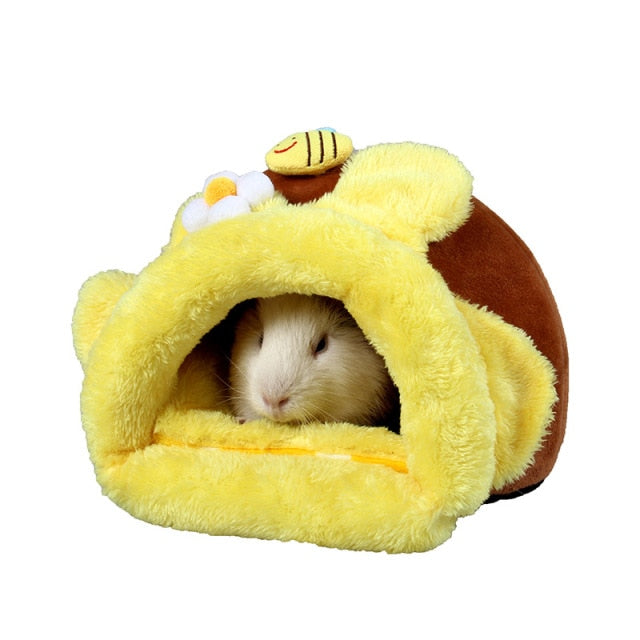One of the most important aspects of keeping your guinea pig healthy and happy is providing them with a comfortable and safe living environment. Choosing the right bedding for your guinea pig is crucial, as it can impact their health and overall well-being. Here are the pros and cons of some common types of guinea pig bedding:
Fleece Bedding:
Fleece bedding is a popular choice for guinea pig owners due to its softness and durability. It is also a sustainable option, as it can be washed and reused. However, fleece bedding requires frequent cleaning and can be difficult to remove urine stains, which can lead to an unpleasant odor.
Pros: Soft and comfortable, reusable and sustainable.
Cons: Requires frequent cleaning, difficult to remove urine stains.
Aspen Bedding:
Aspen bedding is made from shredded aspen wood and is a popular choice due to its absorbency and odor control. It is also non-toxic, making it safe for guinea pigs to ingest. However, aspen bedding can be quite dusty, which can irritate guinea pig respiratory systems.
Pros: Good absorbency and odor control, non-toxic.
Cons: Can be dusty, may require frequent cleaning.
Paper Bedding:
Paper bedding is made from shredded paper and is a cost-effective option for guinea pig owners. It is also highly absorbent and easy to clean. However, paper bedding may not be as soft or comfortable as other options, and it may require more frequent changing due to its low odor control.
Pros: Cost-effective, highly absorbent, easy to clean.
Cons: Not as soft or comfortable, low odor control.
Pine and Cedar Bedding:
Pine and cedar bedding are both popular choices due to their pleasant scent and natural insect repellent properties. However, pine and cedar contain oils that can be harmful to guinea pigs' respiratory systems and can cause liver damage over time.
Pros: Pleasant scent, natural insect repellent.
Cons: Harmful to respiratory systems, can cause liver damage.
Corncob Bedding:
Corncob bedding is a natural option that is highly absorbent and soft. It is also less dusty than other options and is easy to clean. However, corncob bedding can be more expensive than other options and may not be as readily available.
Pros: Highly absorbent, soft, less dusty.
Cons: More expensive, may be harder to find.
In conclusion, choosing the right bedding for your guinea pig is important for their health and well-being. Each type of bedding has its own set of pros and cons, and it's up to you to determine which option is best for your pet based on their individual needs and preferences. By keeping your guinea pig's bedding clean and comfortable, you can ensure that they are happy and healthy for years to come.


